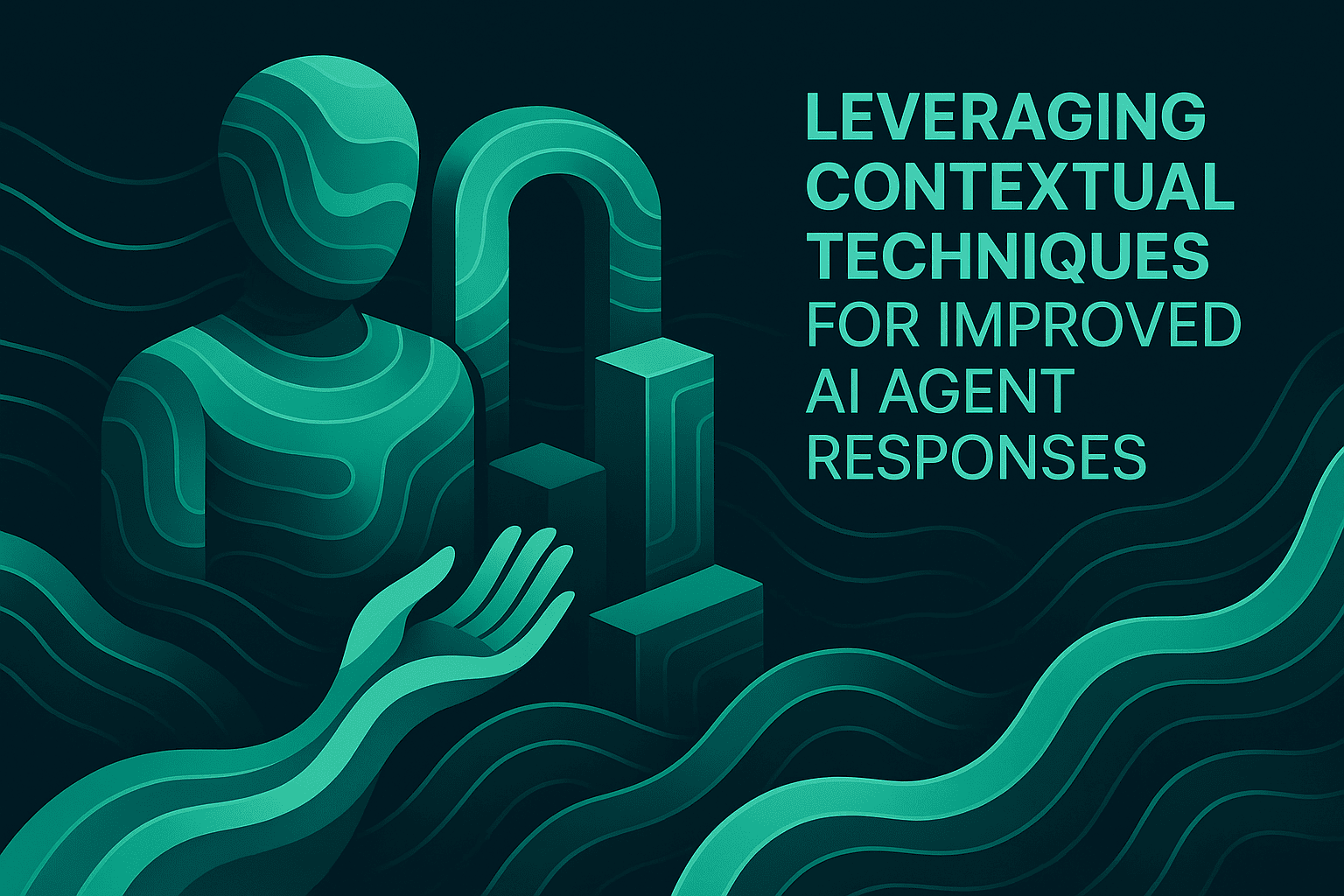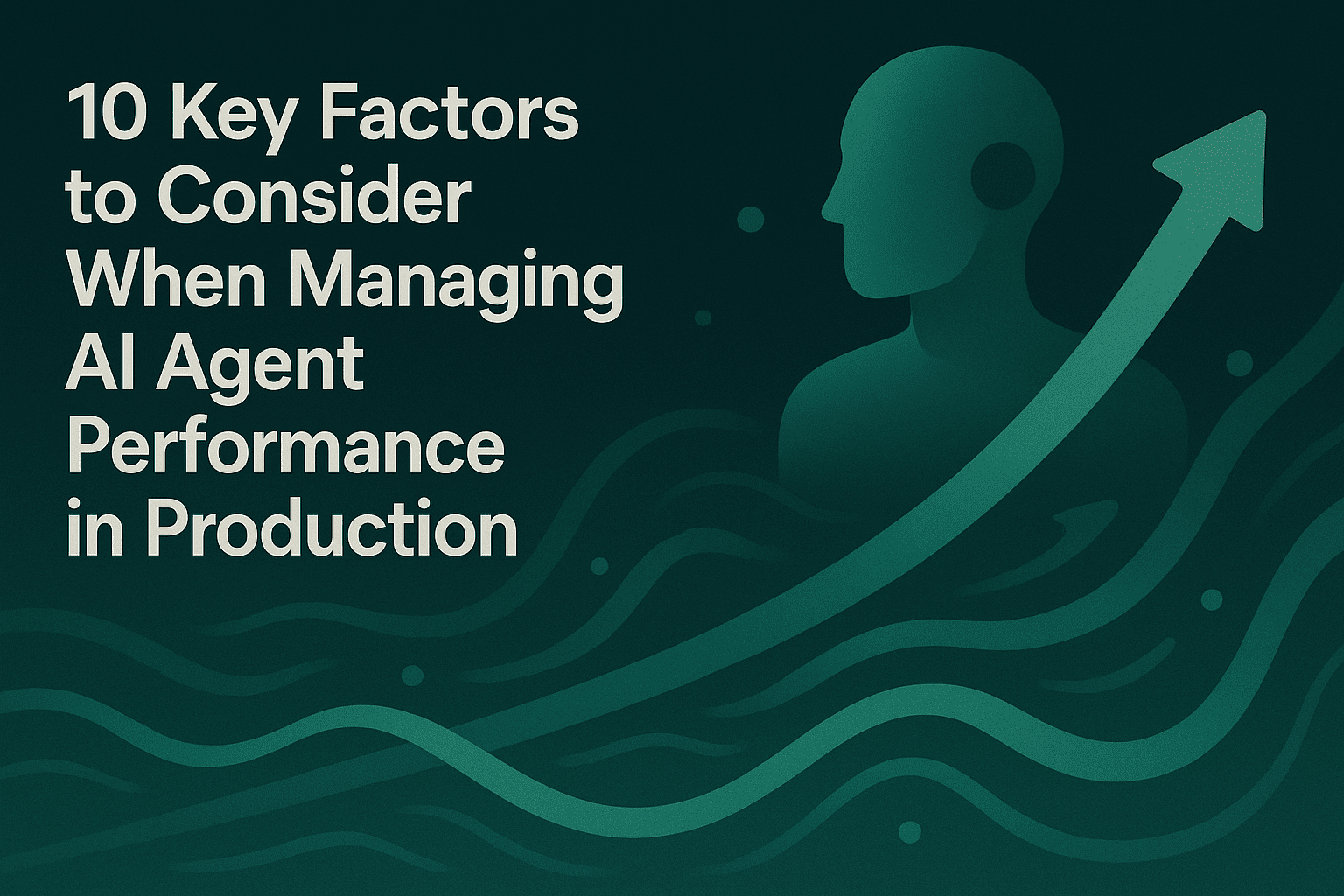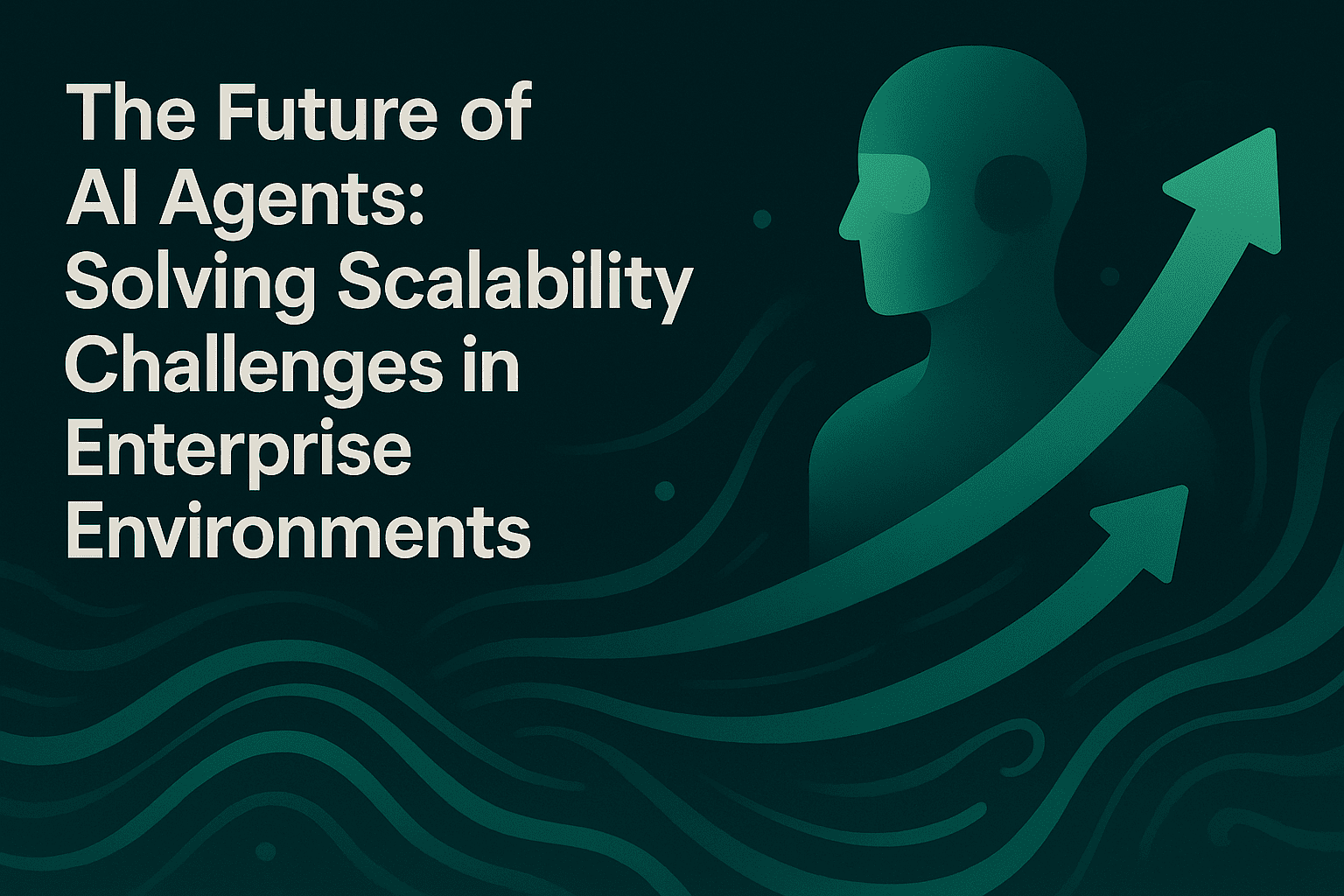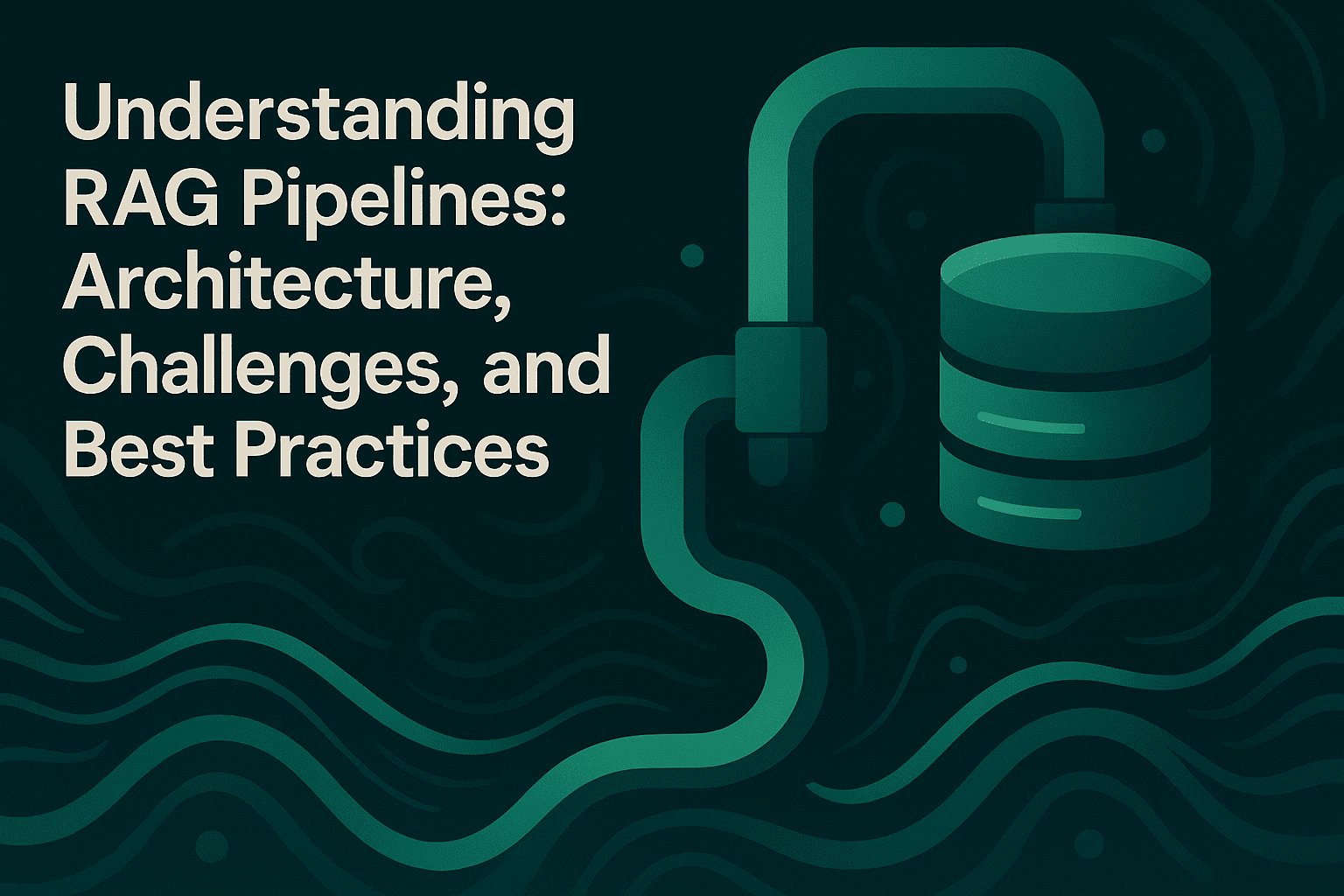Leveraging Contextual Techniques for Improved AI Agent Responses

TL;DR
Contextual techniques are essential for building AI agents that deliver accurate, relevant responses. This guide explores retrieval-augmented generation (RAG), prompt engineering with context windows, and memory management strategies that enable agents to understand user intent and maintain conversation coherence. Learn how to implement context sources, optimize token usage, and leverage tools like Maxim AI's observability platform to track context quality in production. By mastering these techniques, teams can reduce hallucinations, improve task completion rates, and build more reliable AI applications.
Why Context Matters in AI Agent Performance
AI agents operate within the constraints of their training data and context windows. Without proper contextual grounding, even the most advanced language models produce generic or factually incorrect responses. Context serves as the bridge between user queries and accurate agent outputs.
The context quality problem extends across multiple dimensions:
- Retrieval accuracy - fetching relevant information from knowledge bases
- Token efficiency - maximizing information density within context limits
- Temporal relevance - maintaining conversation history without degradation
- Source attribution - grounding responses in verifiable data
Research from Stanford's AI Lab demonstrates that retrieval-augmented generation improves factual accuracy by up to 40% compared to base model outputs. This improvement stems from providing agents with domain-specific information at inference time rather than relying solely on parametric knowledge.
AI observability platforms enable teams to track context quality metrics in production, identifying when retrieval systems fail or when context windows become saturated with irrelevant information.
Implementing Retrieval-Augmented Generation (RAG)
RAG architectures separate knowledge storage from the language model, allowing agents to access up-to-date information without retraining. This approach combines semantic search with generative models to produce contextually grounded responses.
Core RAG components include:
- Vector databases - store document embeddings for similarity search
- Retrieval mechanisms - fetch relevant chunks based on query embedding
- Context assembly - structure retrieved information for model consumption
- Response generation - produce outputs conditioned on retrieved context
Implementation begins with document preprocessing. Raw text gets chunked into semantically coherent segments, typically 200-500 tokens per chunk. Each chunk generates an embedding vector using models like OpenAI's text-embedding-3 or open-source alternatives like Sentence-BERT.
Query processing follows a similar pipeline. User inputs convert to embeddings, which the system compares against stored vectors using cosine similarity or other distance metrics. Top-k results feed into the agent's context window.
Maxim AI's prompt management system provides native support for RAG workflows, enabling teams to version retrieval strategies alongside prompt templates. This integration ensures consistency between experimentation and production deployments.
Context precision metrics evaluate retrieval quality. Pre-built evaluators measure whether retrieved chunks contain information necessary to answer queries. Teams should monitor these metrics continuously using RAG observability to identify retrieval failures before they impact users.
Advanced Prompt Engineering for Context Optimization
Prompt structure directly influences how effectively agents utilize available context. Well-engineered prompts guide models toward relevant information while minimizing attention to noise.
Effective prompt patterns include:
- Role specification - define agent expertise and behavioral constraints
- Context framing - explicit markers for retrieved information
- Output formatting - structured response templates
- Chain-of-thought scaffolding - reasoning steps that reference context
Context window management becomes critical as agent complexity increases. Claude 3.5 Sonnet supports 200,000 token context windows, but effective utilization requires strategic information placement. Studies show models exhibit recency and primacy biases, performing best with critical information at context boundaries.
Prompt versioning enables systematic A/B testing of context structures. Teams should track metrics like context recall whether agents extract relevant information from provided context alongside task completion rates.
Dynamic context assembly adapts to query complexity. Simple factual queries may require minimal context, while analytical tasks benefit from comprehensive background information. Implementing tiered retrieval strategies starting with targeted chunks and expanding to broader context as needed optimizes both cost and latency.
Maxim's Playground++ platform accelerates prompt iteration by enabling side-by-side comparisons of different context strategies across quality, cost, and latency dimensions.
Memory Management and Multi-Turn Conversations
Conversational agents require memory mechanisms that preserve context across multiple interactions without exceeding token limits. Naive approaches that concatenate all previous messages quickly become unsustainable.
Memory architectures balance retention with efficiency:
- Sliding window - maintain fixed number of recent messages
- Summarization - compress older context into condensed representations
- Semantic clustering - group related conversation segments
- Hierarchical memory - separate short-term and long-term storage
Implementation requires careful consideration of information decay. Not all conversation turns carry equal importance. Extractive summarization techniques identify key entities, decisions, and context shifts that deserve preservation.
Session tracking in production environments reveals memory management failures. Agents that repeat questions or contradict earlier statements indicate memory compression issues.
Token budgets dictate memory strategy. Applications with 8K context windows must compress aggressively, while those using 128K windows can maintain more granular history. Dynamic allocation reserving percentage of context for conversation history versus retrieved information prevents single component from monopolizing limited space.
Research from Anthropic demonstrates that constitutional AI techniques combined with proper memory management reduce harmful outputs by 85% in multi-turn conversations. These techniques rely on maintaining relevant context about user preferences and interaction history.
Agent simulation platforms enable testing memory strategies across hundreds of conversational scenarios before production deployment, identifying edge cases where context loss leads to failure.
Measuring and Monitoring Context Quality
Production AI systems require continuous evaluation of context effectiveness. Static benchmarks fail to capture real-world performance degradation as knowledge bases evolve or user queries shift.
Key context quality metrics include:
- Context relevance - proportion of retrieved information directly addressing queries
- Faithfulness - degree to which responses ground in provided context
- Context recall - retrieval completeness for known information
- Attribution accuracy - correct source citation when provided
LLM-as-a-judge evaluators assess context utilization by comparing responses against ground truth or evaluating reasoning chains. These automated assessments should complement human review for nuanced quality dimensions.
Maxim AI's evaluation framework provides both offline and online assessment capabilities. Teams can run batch evaluations on curated test sets while simultaneously monitoring production logs for quality degradation.
Debugging context failures requires granular observability. Agent tracing captures the complete information flow from user query through retrieval and context assembly to final response. This visibility enables root cause analysis when agents produce incorrect outputs.
Statistical evaluators like semantic similarity metrics quantify drift between retrieved context and optimal information sources. Establishing baselines during development enables anomaly detection in production.
Integration with alerting systems ensures teams receive immediate notification when context quality drops below acceptable thresholds, minimizing user impact from systemic failures.
Conclusion
Context optimization represents the difference between AI agents that provide generic responses and those that deliver precise, actionable information. Effective contextual techniques combine retrieval infrastructure, prompt engineering discipline, and continuous quality monitoring.
Organizations building production AI systems must invest in comprehensive evaluation frameworks that span pre-deployment testing and post-deployment observability. Tools like Maxim AI's unified platform enable teams to iterate faster by providing visibility into context quality across the entire development lifecycle.
The shift toward agentic AI applications systems that take actions rather than just generate text increases the stakes for context accuracy. Incorrect context in a customer service bot creates user frustration; in a medical diagnosis assistant or financial advisory system, it creates liability.
Ready to improve your AI agent's context handling? Schedule a demo to see how Maxim AI helps teams build more reliable agents through advanced evaluation and observability capabilities.


